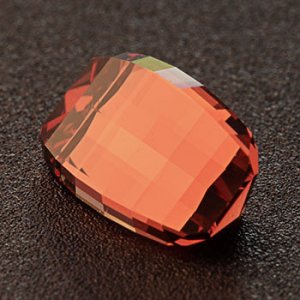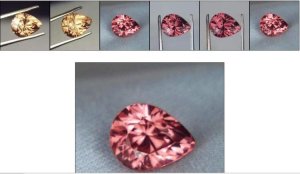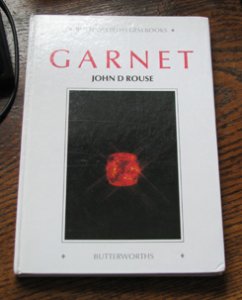zeolite
Brilliant_Rock
- Joined
- Aug 13, 2008
- Messages
- 619
If you write Hanneman I believe he may still have a condensed version of his book for sale.
Thank you, Richard, I’ll try to contact him and buy it.
Do you have any ideas on pricing peach malaia like those posted by Pandora? I''d appreciate any input
In 25 years of Tucson wholesale shows, I don’t remember seeing any offered for sale. The two I own were both purchased as rough, and I spotted that they would produce a peach malaia. I see very few even ordinary orange malaias for sale. I think the mines are pretty much depleted. I would say at a minimum they should be priced at three times the regular malaia price. Even then that might be too low; they can’t be replaced.
How would you recommend one separate malaya from Rhodolite?
Gene, I have an idea, but I won’t comment yet. I have so many samples from which to measure. I have a hand spectrascope converted to a bench model, which provides better accuracy. I will measure a darker malaia, a pastel orange malaia, a peach malaia, a normal rhodolite, an umbalight rhodolite, and a hyper rare extreme pastel rhodolite. That will take some time.













300x240.png)